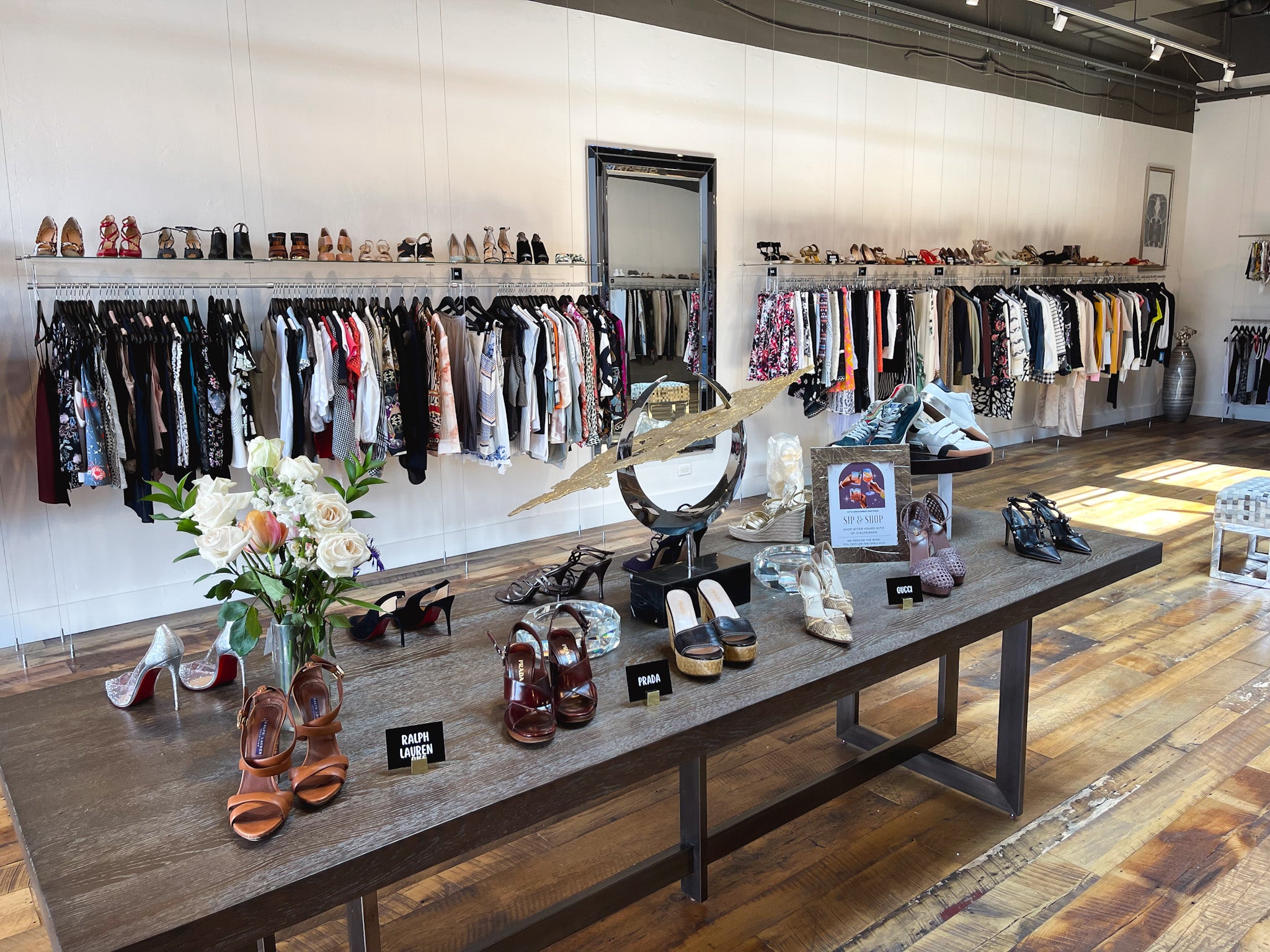The Increase of Online Purchasing: Finding Boutique Fashion at Your Fingertips
Wiki Article
Checking Out the Development and Effect of Clothes on Modern Fashion Trends
The development of clothing has significantly influenced modern fashion trends, combining historical criteria with advanced advancements. Iconic numbers like Coco Chanel and Yves Saint Laurent changed the fashion industry by presenting ideas that prioritize convenience and ease of access, which proceed to resonate today.Historic Fashion Influencers
In the tapestry of fashion history, particular figures have actually left an indelible mark, forming the patterns and designs that define whole periods. Coco Chanel, an advanced developer, redefined women's fashion by introducing comfortable, classy garments that left from restrictive bodices.Elsa Schiaparelli is another essential number, renowned for her progressive layouts that integrated surrealist art, collaborating with Salvador Dalí to create whimsical items that tested traditional appearances. Her ingenious use color and vibrant patterns resounds in modern style. Yves Saint Laurent, at the same time, equalized high style with prêt-à-porter collections, bringing runway styles to the masses and setting a precedent for contemporary ready-to-wear lines.
These visionaries, to name a few, not only reinvented fashion in their times but likewise set enduring fads that reverberate in today's fashion market, offering a structure whereupon modern designers continue to build and innovate. Their heritages emphasize the importance of imagination and daring in style's ever-evolving narrative.
Technological Improvements in vogue
Amidst the vibrant landscape of the style sector, technical advancements stand at the forefront of technology, reshaping how designers create and customers engage with fashion. The integration of 3D printing has revolutionized style processes, allowing developers to trying out complex structures and sustainable materials that were formerly inconceivable. This modern technology helps with rapid prototyping, decreasing waste and accelerating manufacturing times.
Smart textiles, embedding modern technology into materials, are also transforming the sector. Advancements like self-cleaning and temperature-regulating fabrics offer improved capability and convenience. Wearable technology, integrating attributes like health and fitness tracking and interaction, adds a brand-new measurement to fashion, merging aesthetic appeals with functionality.
Cultural Changes and Design
As technical improvements continue to improve the garment industry, cultural shifts are similarly influential, redefining style and customer preferences. Over the last few years, the increase of social media sites platforms has actually increased the circulation of global style trends, enabling diverse social impacts to coexist and assemble. This digital interconnectivity has actually facilitated the rapid exchange of ideas, resulting in a much more inclusive and diverse analysis of style that mirrors the multifaceted nature of contemporary culture.Cultural understanding and gratitude have prompted designers to attract motivation from a broader spectrum of ethnic and historic contexts, integrating traditional motifs with modern aesthetic appeals. This combination has caused fashion that reverberates with a larger audience, advertising a feeling of identification and belonging throughout different demographics. Additionally, the boosting need for customization has driven brands to supply adjustable options, making it possible for consumers to share uniqueness while showing their social heritage.
In addition, changing social values have affected style, with inclusivity and diversity coming to be main motifs. The industry has actually started to welcome models and influencers of numerous physique, ethnic cultures, and sex identities, difficult conventional charm criteria. This transformation underscores the power of cultural changes in forming the future of fashion, as design becomes a more genuine expression of individual and cumulative identification.
Sustainability and Modern Layout
While the fashion business remains to develop, the vital for sustainability has actually ended up being increasingly immediate, influencing contemporary style techniques. This shift intends to resolve moral factors to consider her response and ecological worries, resulting in a reevaluation of typical manufacturing methods. Developers are currently integrating sustainable products, such as organic cotton, recycled polyester, and eco-friendly fabrics, right into their collections, minimizing the environmental footprint of style. The increase of sluggish style, which emphasizes high quality over amount, encourages consumers to purchase timeless items as opposed to short-term trends.Furthermore, contemporary design is defined by its advancement in decreasing waste and promoting circularity. This method not only reduces ecological effect yet additionally enhances the social obligation of fashion residences.

Future Trends in Fashion

Sustainability will remain to be a driving pressure in shaping future style patterns. The market is progressively taking on eco-friendly materials and honest production approaches, replying to a growing customer need for accountable techniques. Advancements such as bio-fabricated materials and closed-loop recycling systems are established to redefine how garments is created and eaten, her response lowering ecological effect while maintaining style and quality.
Social changes, consisting of the rise of inclusivity and variety, will also play a critical role. As culture comes to be more familiar with social issues, style is expected to come to be a system for expression and change. Developers will likely focus on producing collections that show a broader series of experiences and identities, promoting representation and accessibility.
Verdict
The development of clothes dramatically affects modern style trends, where historic impacts merge with modern styles. This ongoing advancement emphasizes fashion's function as a mirror to social values and technological improvement, suggesting a future rich with development and inclusivity.The evolution of clothes has substantially influenced contemporary fashion trends, combining historic criteria with sophisticated advancements.Among the vibrant landscape of the style sector, technical advancements stand at the navigate to this site center of technology, improving exactly how developers develop and customers involve with fashion.While the style sector proceeds to advance, the crucial for sustainability has come to be increasingly immediate, affecting modern layout methods. As sustainability ends up being ingrained in modern-day layout, it leads the way for a more responsible and aware fashion industry.
The evolution of garments dramatically influences modern-day style trends, where historical impacts merge with modern styles.
Report this wiki page